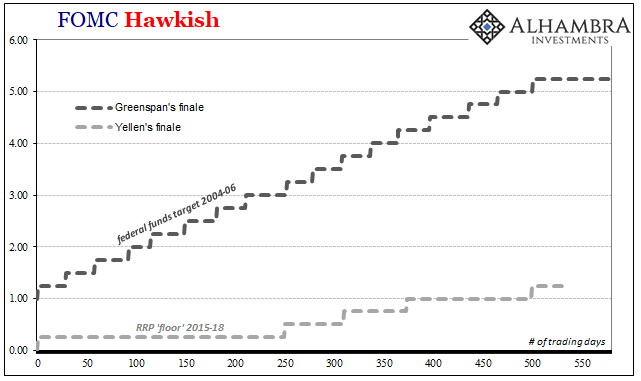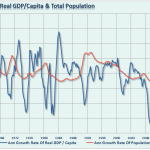The Federal Reserve is ostensibly an independent agency of the government. Already it is beset by a contradiction. How can it be independent if it is otherwise an arm of the federal structure? It’s a problem beyond mere perception that officials have struggled to overcome since its inception.
Between the Banking Act of 1935 that restructured the central bank in the wake of its biggest failure (the very thing it was created to avoid) and 1951, the Fed was a literal rather than figurative part of the Treasury apparatus. It was obliged to, among other things, buy government debt first for WWII so that the federal budget was never at risk over interest rates.
In 1951, FOMC officials sparked a minor controversy by refusing to keep to its UST ceiling, that is to buy all the government bonds in the market required so that yields never rose above the expressed threshold. Treasury eventually backed down, which created this myth that the Fed “won” for a second time its independence.
The issue is degree. Disagreeing with a Treasury policy and acting in defiance of it does not necessarily constitute full political detachment. On the contrary, the central bank and that part of the federal government have maintained a close working relationship for a century apart from one minor episode.
In 2018, it’s not uncommon to hear whispers of further collusion, meaning that perhaps rising interest rates will motivate the Federal Reserve to act on behalf of the government in keeping interest rates low for as long as possible. Some even argue that is why the FOMC has taken its time in normalizing monetary policy, a coordinated effort to keep the budget from being exposed to potentially massive interest costs in the future.

I see no evidence for this, nor does it appear to be, or have been, a constraint on federal spending before now. The independence of the Fed is much more about the basic ties it shares with the rest of the bureaucracy. What they all have in common is a common belief in technocracy.














Leave A Comment